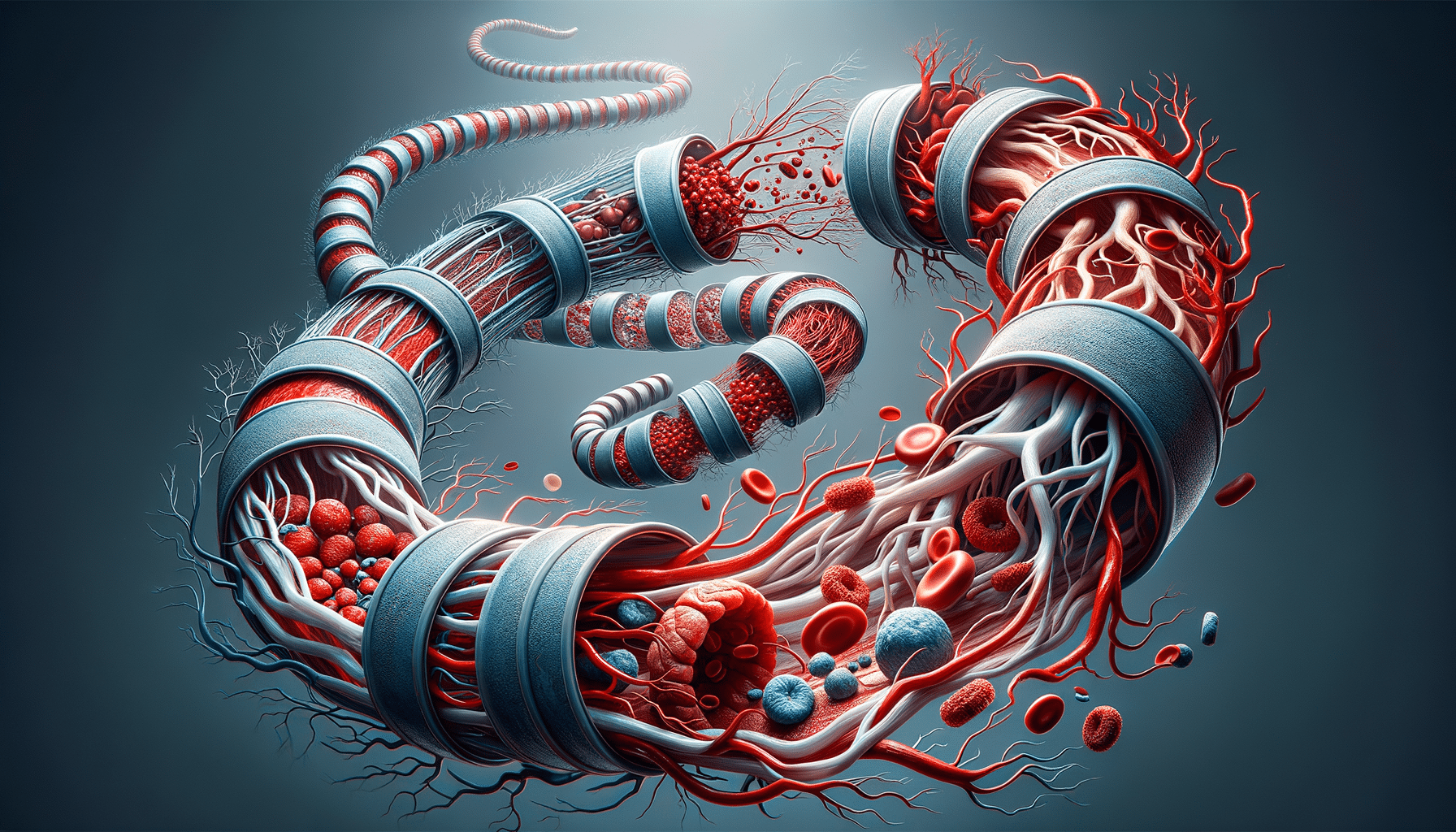
Understanding Artery Blockage: Causes, Symptoms, and Treatments
Introduction to Artery Blockage
Artery blockage is a critical health issue that can lead to severe cardiovascular diseases, including heart attacks and strokes. Understanding the underlying causes, symptoms, and available treatments is essential for both prevention and management. This article delves into the various aspects of artery blockage, offering insights into how it affects the body and the measures one can take to mitigate its risks.
Causes of Artery Blockage
Artery blockage, also known as atherosclerosis, occurs when plaque builds up in the arteries, narrowing them and restricting blood flow. This plaque is composed of fat, cholesterol, calcium, and other substances found in the blood. Several factors contribute to the development of artery blockage, including:
- High Cholesterol: Elevated levels of cholesterol in the blood can lead to plaque formation.
- High Blood Pressure: This condition can damage arteries, making them more susceptible to plaque buildup.
- Smoking: Tobacco smoke contains chemicals that damage blood vessels and increase plaque formation.
- Diabetes: High blood sugar levels can damage blood vessels and accelerate atherosclerosis.
- Unhealthy Diet: Diets high in saturated fats, trans fats, and cholesterol can contribute to plaque buildup.
Understanding these causes is crucial for taking preventive measures, such as maintaining a balanced diet and regular exercise, to reduce the risk of artery blockage.
Symptoms of Artery Blockage
The symptoms of artery blockage can vary depending on the severity and location of the blockage. In some cases, individuals may not experience any symptoms until a significant blockage has occurred. Common symptoms include:
- Chest Pain: Also known as angina, chest pain occurs when the heart muscle doesn’t get enough blood.
- Shortness of Breath: Reduced blood flow can cause difficulty breathing, especially during physical activity.
- Fatigue: A lack of adequate blood flow can lead to feelings of tiredness and weakness.
- Heart Attack: A complete blockage can lead to a heart attack, characterized by intense chest pain, sweating, and nausea.
Recognizing these symptoms early can lead to timely medical intervention, potentially preventing more severe complications.
Diagnosis and Treatment Options
Diagnosing artery blockage typically involves a combination of medical history evaluation, physical examination, and diagnostic tests such as blood tests, electrocardiograms, and imaging studies like coronary angiography. Once diagnosed, treatment options may include:
- Lifestyle Changes: Adopting a heart-healthy lifestyle, including a balanced diet and regular physical activity, is fundamental.
- Medications: Doctors may prescribe medications to lower cholesterol, manage blood pressure, and prevent blood clots.
- Surgical Procedures: In severe cases, procedures such as angioplasty or coronary artery bypass grafting (CABG) may be necessary to restore blood flow.
Each treatment plan is tailored to the individual’s specific condition and overall health, emphasizing the importance of personalized medical care.
Preventive Measures and Lifestyle Modifications
Prevention is a key component in managing artery blockage. By making informed lifestyle choices, individuals can significantly reduce their risk. Key preventive measures include:
- Regular Exercise: Engaging in moderate physical activity helps maintain a healthy weight and improves cardiovascular health.
- Healthy Diet: Consuming a diet rich in fruits, vegetables, whole grains, and lean proteins supports heart health.
- Smoking Cessation: Quitting smoking reduces the risk of artery damage and improves overall health.
- Regular Health Check-ups: Routine medical check-ups can help detect risk factors early and manage them effectively.
By incorporating these measures into daily life, individuals can enhance their cardiovascular health and prevent the progression of artery blockage.
Conclusion: Taking Charge of Your Cardiovascular Health
Artery blockage is a serious health concern that requires attention and proactive management. By understanding its causes, recognizing symptoms, and adopting preventive measures, individuals can significantly reduce their risk and improve their quality of life. Regular consultations with healthcare professionals and adherence to recommended treatments and lifestyle changes are vital steps in maintaining a healthy cardiovascular system.


